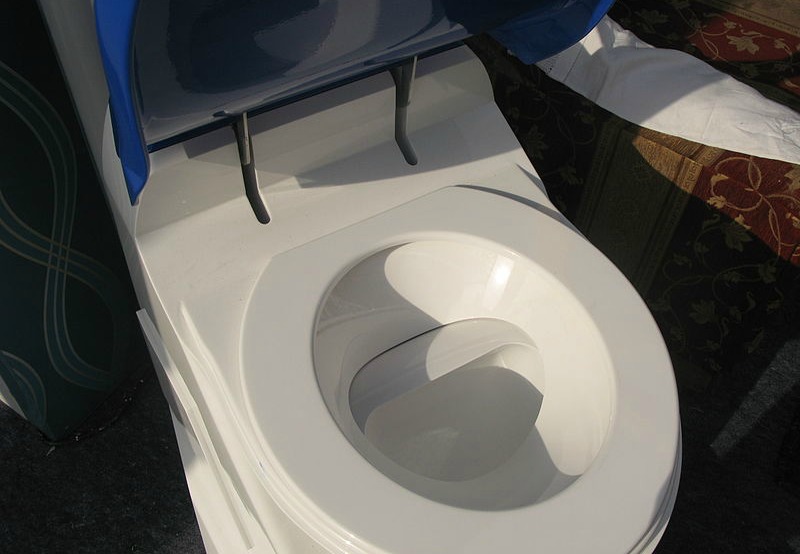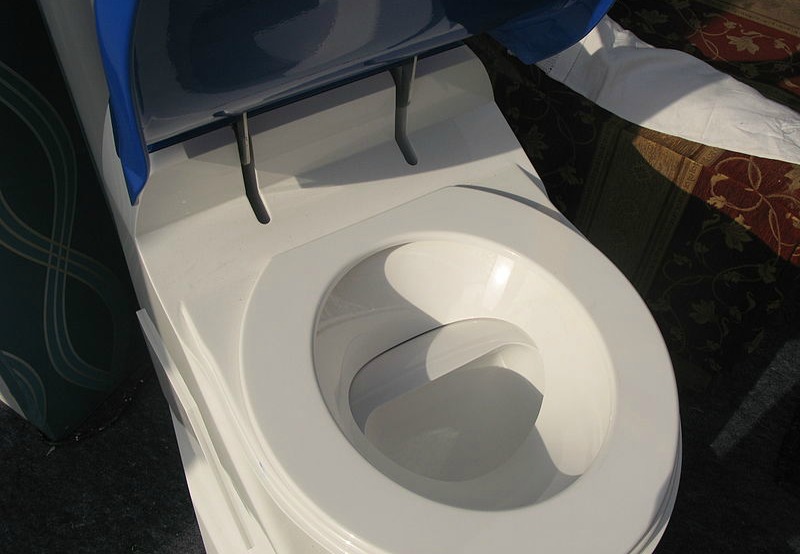Better living through toilet technology.
More than two billion people live without access to safe and clean water. This could help with that. The Nano Membrane Toilet, created by a team at Cranfield University in the U.K., doesn’t require water. The toilet’s “nanotech membrane” can suck water out of waste and clean it so it can be used to hydrate crops. The remainder is then moved to a second chamber in the toilet where it’s converted into ash and heat. What’s left after that can reportedly be used for fertilizer. The toilet recently received financial backing from the Bill and Melinda Gates Foundation and it’s scheduled to be tested throughout Africa later this year.
Electric Pee Socks
Don’t flush that urine—turn it into electricity! Researchers at the University of West England have designed a pair of socks that stores 22 ounces of pee which is then converted into energy. As the user walks—in these urine-filled socks—the motion pushes the urine through a series of tubes and into microbial fuel cells, where bacteria gobbles up nutrients in the pee and cranks out electricity. The researchers say the socks could one day help power mobile devices like smartphones. Getting the pee into the socks has proven daunting so far though. Instead of connecting them to a catheter, the researchers think that putting the urine into the footwear before a stroll is the “ideal” way to begin the process.
Fuqian Square
This square in Beijing boasts what could quite possibly be the world’s best public restroom. Along with fancy soap and toilets with “turbo-strength flush power,” the stalls feature small televisions, free Wi-Fi, and chargers for mobile devices. Speakers overhead play soothing orchestral music and aloe vera plants line the windows. The bathroom is light years ahead of many public toilets located elsewhere across China, many of which are still squat toilet or rudimentary pits. The new facility in Fuqian Square is one of the first steps in a national program designed to improve 57,000 public restrooms across China.









